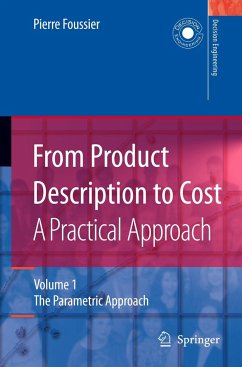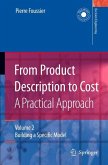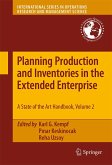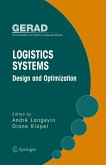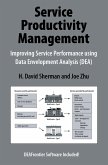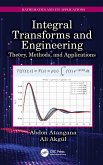Parametric cost estimating, when properly used, is a powerful and cost effective technique. Unfortunately, it is often misunderstood and rejected by many potential users for whom it could be a beneficial tool. An agreement on how to use it and how to recognise its limitations is a major benefit to the cost estimating community.
This book presents ways of parametrically forecasting costs and their advantages and disadvantages with examples from the mechanical, software and building industries and discusses most of the mathematical procedures useful for parametrically forecasting costs. Introduces the judgement needed to audit the ways these techniques are used, firstly as a process and secondly as a tool to generate estimates.
In Volume 1: "The Parametric Approach" cost estimating is introduced; the preparation of data before utilization is discussed; the basic concepts of 'general' cost estimating models are examined; the use of cost models is considered and finally, risk analysis is introduced.
This book presents ways of parametrically forecasting costs and their advantages and disadvantages with examples from the mechanical, software and building industries and discusses most of the mathematical procedures useful for parametrically forecasting costs. Introduces the judgement needed to audit the ways these techniques are used, firstly as a process and secondly as a tool to generate estimates.
In Volume 1: "The Parametric Approach" cost estimating is introduced; the preparation of data before utilization is discussed; the basic concepts of 'general' cost estimating models are examined; the use of cost models is considered and finally, risk analysis is introduced.

